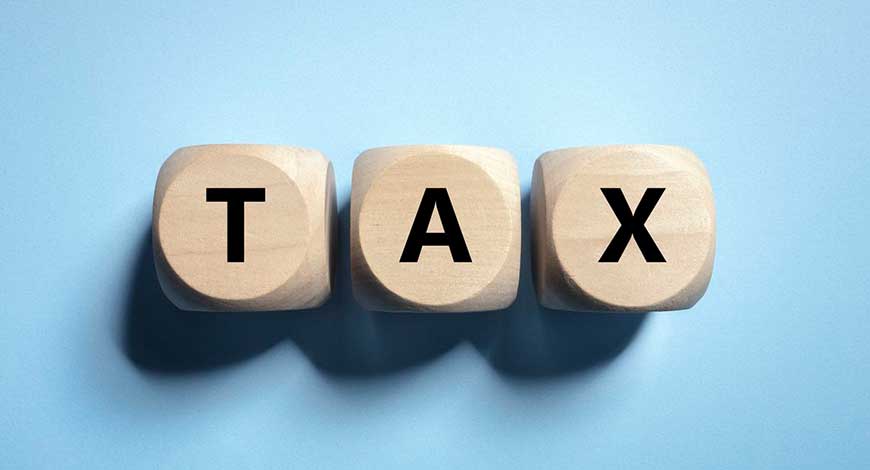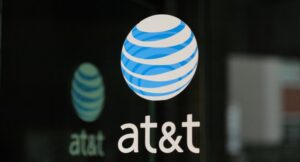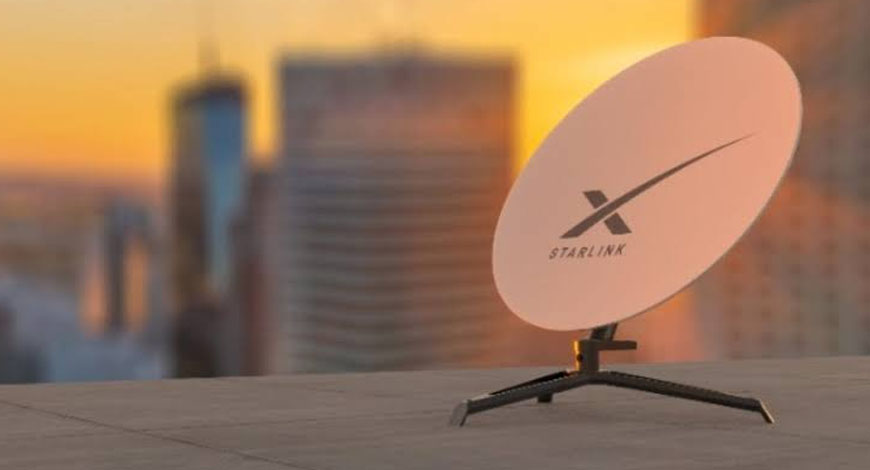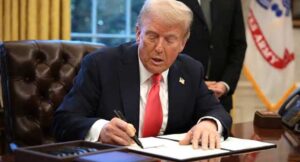As Starlink nears regulatory approval in India for satellite broadband services, analysts say a victory there could pave a road into more emerging markets and boost the company’s ambitions to add a million subscribers every year.
There are still legal hurdles to overcome, and competition from companies such as Eutelsat and China’s SpaceSail, which is entering Brazil, Malaysia and Kazakhstan. SpaceX also argues that U.S. regulations put it at a disadvantage against foreign rivals.
But a foothold in India would be a potential $25 billion boon for Starlink, helping it reshape that country’s satellite broadband industry and making an attractive case to other developing markets, experts say.
“Starlink securing the contract serves both as a strategic PR victory and a demonstration that it has successfully navigated challenges that seemed insurmountable for most other operators. From Starlink’s perspective, India is not only a credibility boost but also a crucial test of its economic feasibility in emerging markets,” said independent satcom specialist Davis Mathew Kuriakose.
Elon Musk’s SpaceX-owned satellite internet network has been waiting since 2022 for licenses to operate commercially in India, locked in a regulatory impasse over spectrum allocation. Starlink did not respond to an email seeking comment.
The standoff saw Starlink clash publicly with Mukesh Ambani’s Reliance Jio and Sunil Mittal’s Bharti Airtel over whether India should auction satellite broadband spectrum – favouring existing telecom players – or allocate it administratively, which would benefit newer entrants such as Starlink.
India decided in October it would allocate the bandwidth.
In a surprise development this month, Mittal’s Airtel and Ambani’s Jio signed separate agreements with SpaceX to bring Starlink services to India, a move industry insiders say signals that regulatory hurdles may soon clear.
Goldman Sachs forecasts that low Earth orbit (LEO) subscription fees, which include broadband and mobile services, will get dramatically cheaper, with prices dropping from $148 per month in 2023 to about $16 per month by 2035. Goldman also estimates the global satellite market will surge from $15 billion to at least $108 billion by 2035.
Space-focused financial firm Quilty Space projects Starlink will add 3 million subscribers globally in 2025, with 1 million coming from Asia, its director of research Caleb Henry said.
“India will be the biggest contributor to Starlink’s Asia subscriber growth once authorized,” Henry said.
‘A seat at the table’
Six industry experts interviewed by Reuters noted that SpaceX’s revenue gains in India will depend on its pricing strategy.
Three of them expect Starlink to offer competitive broadband plans, potentially starting at $15 a month — a price point designed to challenge India’s existing market, where basic plans start at about $12.
“There’s always going to be a subset of the market willing to pay a premium for convenience. India is an aspirational market, and the brand value of having a Starlink connection is also an added edge,” said Vivek Prasad, principal analyst for space and satellite at consulting firm Analysys Mason.
Starlink operates in more than 120 markets with varying levels of regulatory complexity, including spectrum coordination requirements.
The company’s deals with Reliance and Airtel need final regulatory clearances but were signed just weeks after Prime Minister Narendra Modi met Musk in Washington — an interaction that analysts say may have helped smooth the way.
Approval in India would give Starlink a leg up on any rivals hoping to enter that country, said three industry executives who declined to be named because of business sensitivities.
“India’s satellite internet market is just coming up, with a potential addressable market of some 700 million customers. Starlink gets a seat at the table to influence how that market develops,” said one senior executive.
India’s space regulator and the department of telecoms did not immediately respond to an email seeking comment on Starlink’s license approval.
The SatCom Industry Association – India said Starlink’s entry would foster growth in the sector.
“This will fuel employment growth in satellite network operations, ground stations, equipment manufacturing, and rural broadband services, while enhancing the global competitiveness of Indian space startups collaborating with international players,” the industry body said. Reuters









